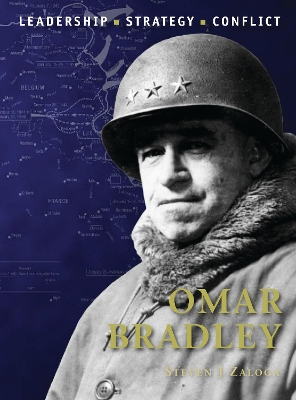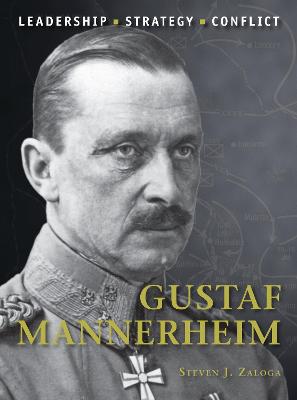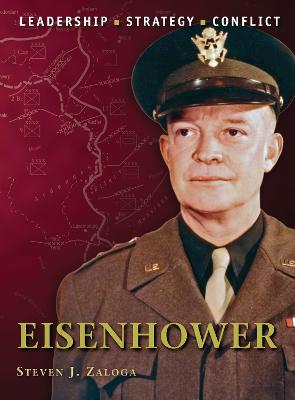Command
2 primary works • 3 total works
Book 25
General Omar Bradley was the premier US Army tactical commander in the European Theatre of Operations in 1944-45. A West Point classmate of Dwight Eisenhower, Bradley was the quintessential US field commander of World War II, elevated to high command with little combat experience but a solid track record as a skilled planner and organiser. Bradley was part of a small cadre of highly skilled young officers groomed for higher command in the austere and bankrupt 1930s. Bradley was at the centre of nearly all the major US Army victories in 1944-45 from D-Day through the final push into Germany. Along with that combat record came a string of controversies. Bradley's greatest blunder, failing to anticipate the German offensive in the Ardennes, was counter-balanced by a vigorous and skilled response which fatally injured the German Army in the West. Beyond the performance of the US Army in the ETO, Bradley was also intimately wrapped up in other controversies, especially the internecine squabbles with his British counterpart, Bernard Montgomery.
Book 32
Carl Gustaf Emil Mannerheim is a legendary figure, whose life and career were deeply influential in Finnish and European history. He is viewed by many as the father of modern Finland after leading the 'White' faction to victory and independence in the Finnish Civil War of 1918. He then commanded his country's forces in a sequence of bitter clashes in the ice and snow, in the build-up to, and during, World War II: the Winter War in 1939-40, the Continuation War in 1941-44 and the Lapland War in 1944-45. This study provides a fascinating insight into Mannerheim's career, analysing his traits, his biggest victories and his key enemies. Complete with uniform artwork and detailed tactical maps, it is a comprehensive guide to one of the 20th century's most capable military leaders and statesmen.
Dwight Eisenhower represented a fundamentally new type of modern military commander. Eisenhower was a manager commander, whose grasp of the politics and large-scale tactics of battle were uniquely suited to leading the huge coalition of forces that fought in Europe during the Second World War. Educated at West Point, Eisenhower rose to his position as Supreme Commander of the Allied Expeditionary Force through a series of powerful contacts and his natural aptitude for leadership and large scale tactical planning. This book analyses how Eisenhower's tactics and political astuteness helped him successfully lead the invasion of Europe, how he coaxed contradictory parties into supporting his policies and how he triumphed in his now infamous clash with Montgomery. Uniquely, the author goes on to describe how Eisenhower's military influence continued when he became President, as his leadership and vision were tested by the outbreak of the Cold War.


